June Sales Down By Double Digits In Japan – Imports Continue To Defy Detroit Propaganda

Sales of all new motor vehicles in Japan were down 10.8 percent in June, continuing a down trend after the Japanese government discontinued subsidies on eco-friendly cars in September last year. Sales of minivehicles, and especially sales of imported cars softened the blow.
The percentage drop looks worse than it is. It compares with a June 2012 when sales were up 43.6 in a last rush to cash in on the soon to expire subsidies. Later in the year, the percentage drop should normalize when we compare with more sedate sales in the prior year.
Regular vehicle sales Japan June 2013ManufacturerJune ’13June ’12YoYYTD ’13YTD ’12YoYDaihatsu33930610.8%1,2211,579-22.7%Hino3,8263,6873.8%22,38221,2765.2%Honda26,75745,159-40.7%155,827269,272-42.1%Isuzu4,8585,087-4.5%28,41930,234-6.0%Lexus3,9354,081-3.6%22,89022,8630.1%Mazda14,59216,116-9.5%88,00191,431-3.8%Mitsubishi3,0534,481-31.9%30,17430,488-1.0%Mitsubishi Fuso3,2333,497-7.5%16,81718,264-7.9%Nissan37,30942,614-12.4%266,278278,411-4.4%Subaru10,5957,95933.1%66,61947,88139.1%Suzuki7,0679,077-22.1%42,40050,545-16.1%Toyota121,514148,788-18.3%762,576871,483-12.5%UD Trucks846912-7.2%4,1814,845-13.7%Other28,98925,38814.2%133,247118,36212.6%Total266,913317,152-15.8%1,641,0321,856,934-11.6%Domestic232,282286,735-19.0%1,470,3041,706,266-13.8%Imports34,63130,41713.9%170,728150,66813.3%Data courtesy Japan Automobile Dealers AssociationIn the regular vehicle category, sales were down 15.8 percent. Domestic cars were down 19 percent, however, Japanese continue to buy more cars imported into a market that Detroit automakers say is closed. Luckily, Japanese buyers don’t listen to the propaganda. They also don’t seem to be affected with the slightly lower yen, which should make imports more expensive.
Mini vehicle sales Japan June 2013ManufacturerJune ’13June ’12YoYYTD ’13YTD ’12YoYSuzuki53,59854,400-1.5%318,326316,5070.6%Daihatsu54,59267,354-18.9%341,002380,079-10.3%Mitsubishi11,3967,45952.8%39,43947,427-16.8%Subaru4,4735,313-15.8%28,71546,836-38.7%Honda33,21729,84111.3%212,240161,67631.3%Mazda4,4394,2265.0%28,96028,0873.1%Nissan19,14414,29333.9%81,36888,207-7.8%Toyota3,0555,299-42.3%20,56021,580-4.7%Other14-75.0%623-73.9%Total183,915188,189-2.3%1,070,6161,090,422-1.8%Data courtesy Japan Mini Vehicles AssociationJapan’s love-affair with the minivehicles continues. Sales of kei cars were down only 2.3 percent. Nissan and Mitsubishi profit from the launch of the Dayz/ek Wagon.
Total vehicle sales Japan June 2013ManufacturerJune ’13June ’12YoYYTD ’13YTD ’12YoYDaihatsu54,93167,660-18.8%342,223381,658-10.3%Hino3,8263,6873.8%22,38221,2765.2%Honda59,97475,000-20.0%368,067430,948-14.6%Isuzu4,8585,087-4.5%28,41930,234-6.0%Lexus3,9354,081-3.6%22,89022,8630.1%Mazda19,03120,342-6.4%116,961119,518-2.1%Mitsubishi14,44911,94021.0%69,61377,915-10.7%Mitsubishi Fuso3,2333,497-7.5%16,81718,264-7.9%Nissan56,45356,907-0.8%347,646366,618-5.2%Subaru15,06813,27213.5%95,33494,7170.7%Suzuki60,66563,477-4.4%360,726367,052-1.7%Toyota124,569154,087-19.2%783,136893,063-12.3%UD Trucks846912-7.2%4,1814,845-13.7%Other28,99025,39214.2%133,253118,38512.6%Total450,828505,341-10.8%2,711,6482,947,356-8.0%All in all, sales were down 10.8 percent in June, and 8 percent for the first half of the year. Forecasters had expected a much bigger drop after the subsidies had pulled a lot of sales forward.

Bertel Schmitt comes back to journalism after taking a 35 year break in advertising and marketing. He ran and owned advertising agencies in Duesseldorf, Germany, and New York City. Volkswagen A.G. was Bertel's most important corporate account. Schmitt's advertising and marketing career touched many corners of the industry with a special focus on automotive products and services. Since 2004, he lives in Japan and China with his wife <a href="http://www.tomokoandbertel.com"> Tomoko </a>. Bertel Schmitt is a founding board member of the <a href="http://www.offshoresuperseries.com"> Offshore Super Series </a>, an American offshore powerboat racing organization. He is co-owner of the racing team Typhoon.
More by Bertel Schmitt
Latest Car Reviews
Read moreLatest Product Reviews
Read moreRecent Comments
- Carson D Just don't be the whistleblower who reports on the falsification of safety data. That's a deadly profession.
- Carson D I'd have responded sooner, but my computer locked up and I had to reboot it.
- Todd In Canada Mazda has a 3 year bumper to bumper & 5 year unlimited mileage drivetrain warranty. Mazdas are a DIY dream of high school auto mechanics 101 easy to work on reliable simplicity. IMO the Mazda is way better looking.
- Tane94 Blue Mini, love Minis because it's total custom ordering and the S has the BMW turbo engine.
- AZFelix What could possibly go wrong with putting your life in the robotic hands of precision crafted and expertly programmed machinery?
















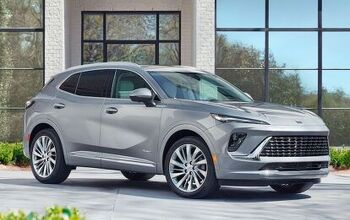
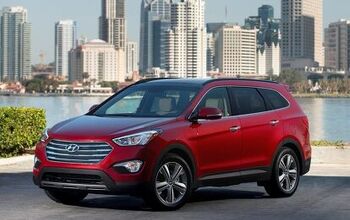
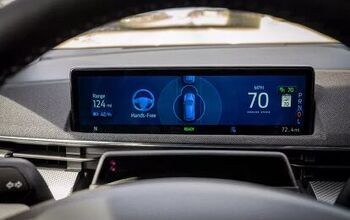
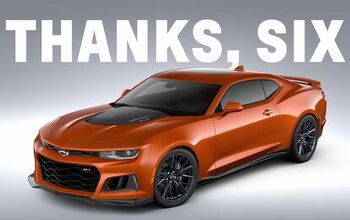

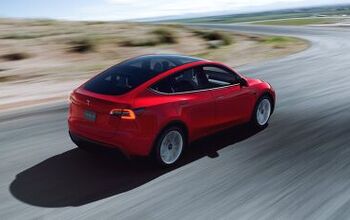

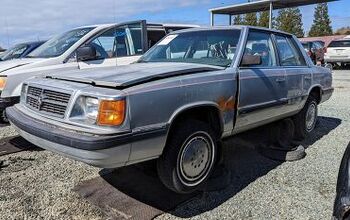
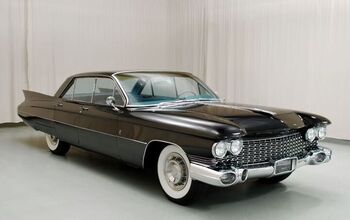
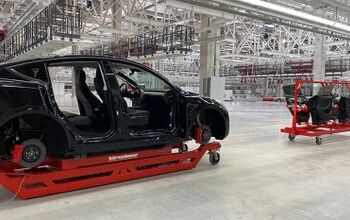



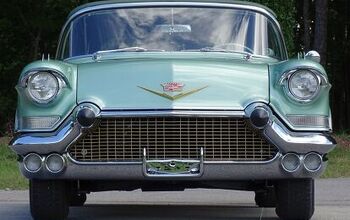

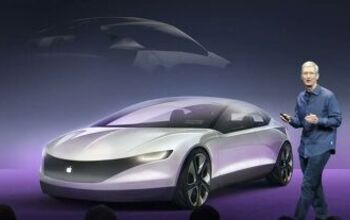
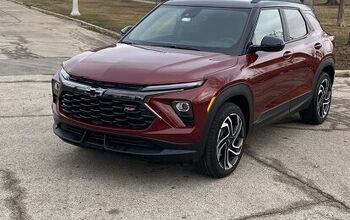
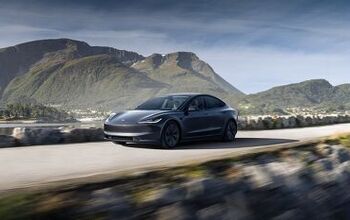
Comments
Join the conversation
Aren't cars sold by japanese manufactures made outside of Japan considered imports per japanese reporting methods? If so as the companies begin to move more and more manufacturing to growing/developing markets out of a dying one, then imports should continue to rise, just not meaning what they would mean in US or EU. The nameplate data will be very much appreciated.
The US import tariff of 2.5% on imported cars is one of the reasons the Japanese set up factories in the US. In Canada, we have a 6% import duty on Japanese cars, mostly felt by Mazda and some Subarus. That makes a Mazda6 expensive compared to the Accord, imported duty-free from the US under NAFTA, and makes Legacys made in the US inexpensive compared to Imprezas and Foresters from Japan. Tariffs distort markets.